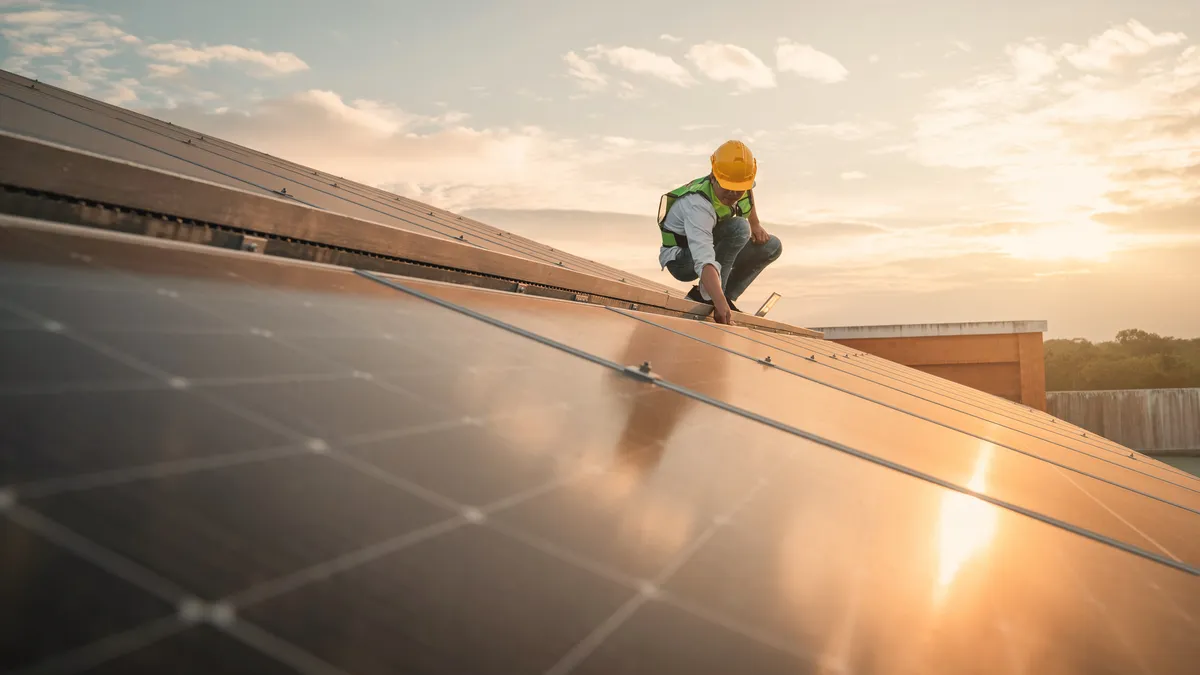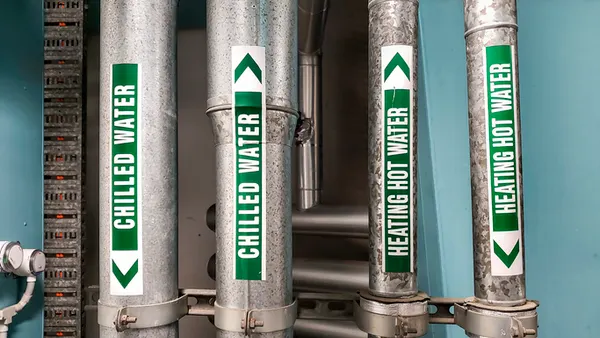Dive Brief:
- Communities can now use three Federal Emergency Management Agency grant programs to fund net-zero energy projects when rebuilding schools, hospitals, fire stations and other infrastructure after a disaster.
- The new provisions announced by FEMA on Jan. 30 apply to Public Assistance, the agency’s largest grant program; the Hazard Mitigation Grant Program and the Building Resilient Infrastructure and Communities grant program.
- Eligible projects include solar microgrids, heat pumps, certified high-performance appliances, and passive heating or cooling, according to FEMA. The projects will cut utility costs, increase energy reliability and reduce disaster-related costs for communities, the agency said.
Dive Insight:
The Biden administration is plugging away at a goal of reaching net-zero greenhouse gas emissions by 2050.
For FEMA’s part, covering the cost of net-zero energy projects is “the single most effective measure” the agency can take to cut greenhouse gas emissions and address the climate crisis, FEMA Administrator Deanne Criswell said in a statement.
Already, FEMA helps communities pay for low-carbon construction materials when rebuilding, a change that the agency made in March 2023.
Net-zero infrastructure and buildings will serve communities during brown-outs, black-outs and extreme temperatures, allowing them to maintain comfort and safety, FEMA said in its press release.
The agency is allowing applicants rebuilding from any federal disaster declared after Aug. 16, 2022, to take advantage of the net-zero project funding. “As of Jan. 30, more than 80 disasters have been declared across all 10 FEMA regions during this time,” the agency’s release said.
State, local, tribal and territorial governments will still need to cover part of the costs of net-zero energy projects. Through the Public Assistance program, FEMA reimburses at least 75% of the cost of rebuilds and repairs, leaving communities to pay for the remainder.
















